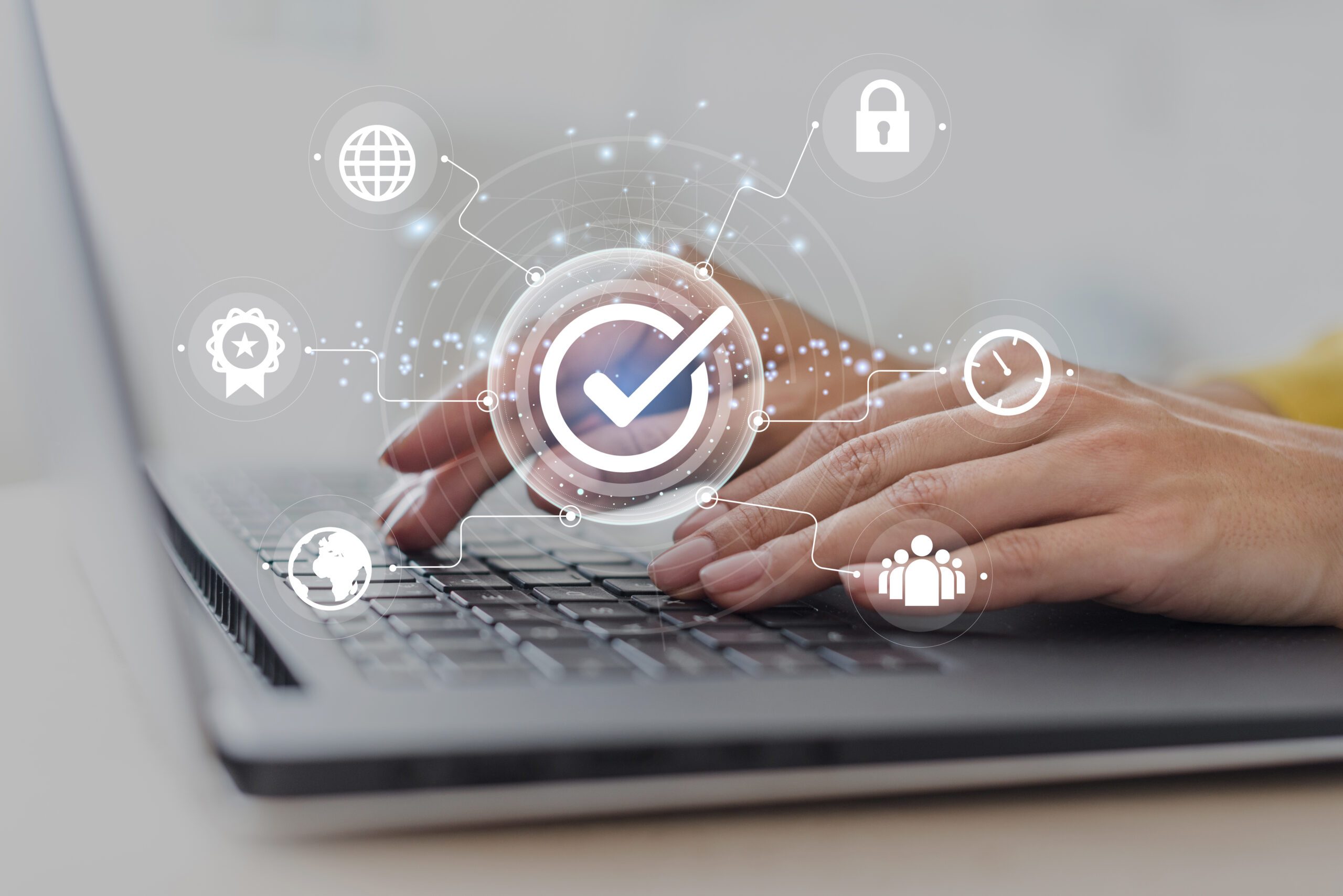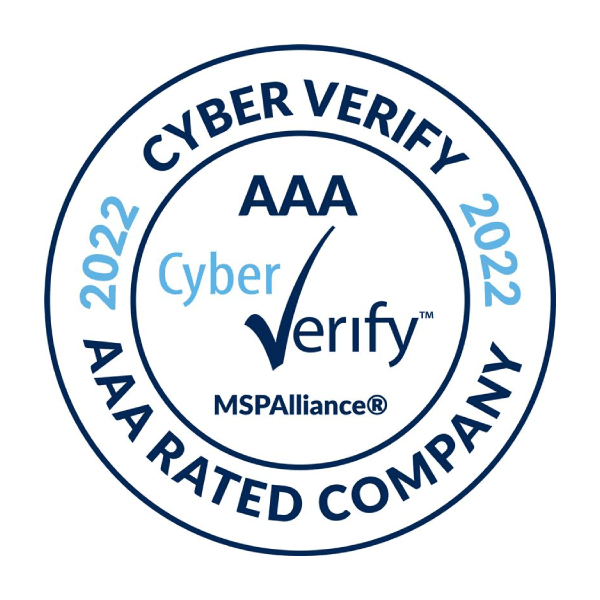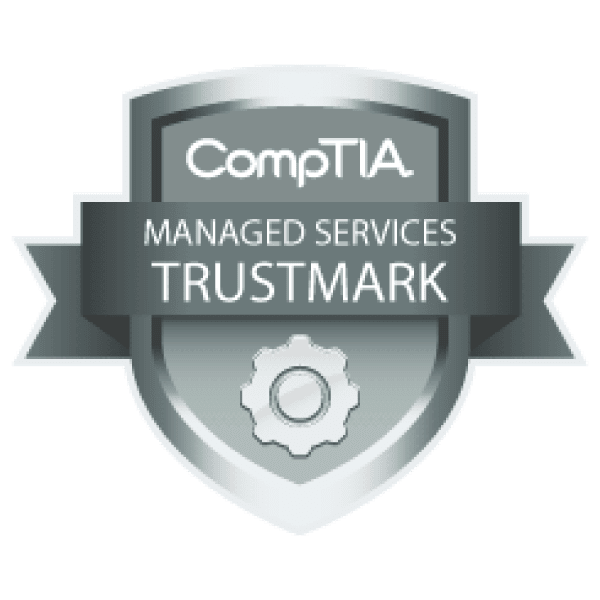Flashback to 2004. The economy is recovering from the crash of the Dot-Com Bubble, and despite the economic chaos it wrought, the internet is here to stay. It was the birth of Web 2.0 when the internet proved it was for everyone, not just nerds and tech companies; a time of great innovation, massive leaps in knowledge, and a degree of global connectivity never seen before.
This widespread adoption of the internet – for all its good – also brought many risks for those hundreds of millions of new web surfers, all of them blissfully unaware of the dangers lurking in the digital shadows. If the internet was for everyone, cybersecurity needed to be for everyone as well, so the US Department of Homeland Security held the first National Cybersecurity Awareness Month in October of 2004. The goal was to bring cybersecurity awareness to the public and make sure that businesses and individuals knew the risks, and how to protect themselves online.
The web is vastly different today from what it was in 2004, and cybersecurity is now a part of our daily lives. Email spam filters, biometric sensors on our phones, that little lock on the address bar of your web browser; we rely on layer upon layer of cybersecurity to protect our data from intrusion, often without so much as a second thought. To celebrate this year’s National Cybersecurity Awareness Month, let’s give it that second thought.
One of the biggest cybersecurity vulnerabilities is complacency. Whether it’s family photos on your personal devices or proprietary information on company servers, protecting your data is an active process. Cybersecurity is a perpetual cat-and-mouse game, constantly responding to new attack vectors and closing previously unknown vulnerabilities. It requires vigilance at all levels, and especially from you!

Here are some easy steps anyone can take to strengthen their cybersecurity:
- Make sure everything is up to date. Security software is constantly updating to respond to the latest cyber threats.
- Enable multi-factor authentication wherever possible.
- Use smart security tools. Password managers can protect your login information, and a VPN can encrypt your internet traffic on public networks.
- Trust your instincts! Don’t click suspicious links or attachments, don’t install any software you’re unsure of, and don’t trust something on the internet that seems too good to be true.
And a few more extra tips for businesses:
- Review your cybersecurity infrastructure from top to bottom to identify any gaps in coverage.
- Keep abreast of the latest cybersecurity frameworks, standards, and certifications relevant to your industry, like CMMC, CIS v8, and NIST CSF.
- Contact a reputable Managed Security Service Provider like CBM Technology for a comprehensive cybersecurity audit. Our cybersecurity experts will help you identify potential vulnerabilities and enact a plan to secure your data.
As the end of National Cybersecurity Awareness Month approaches, we at CBM Technology hope your biggest takeaway is that cybersecurity is not something you only need to think about in October. Cybersecurity is an everyday process in which we all must be active participants.









